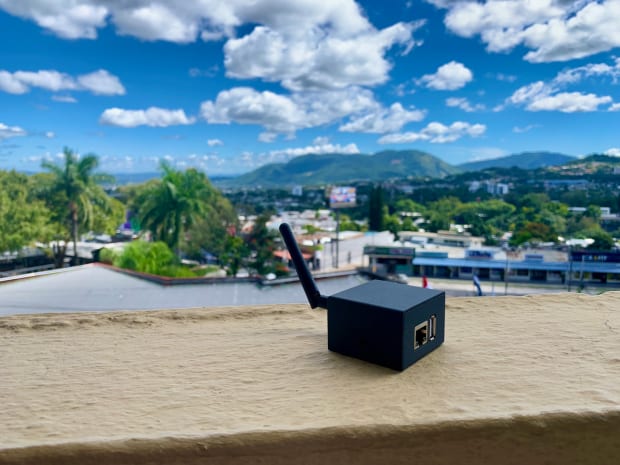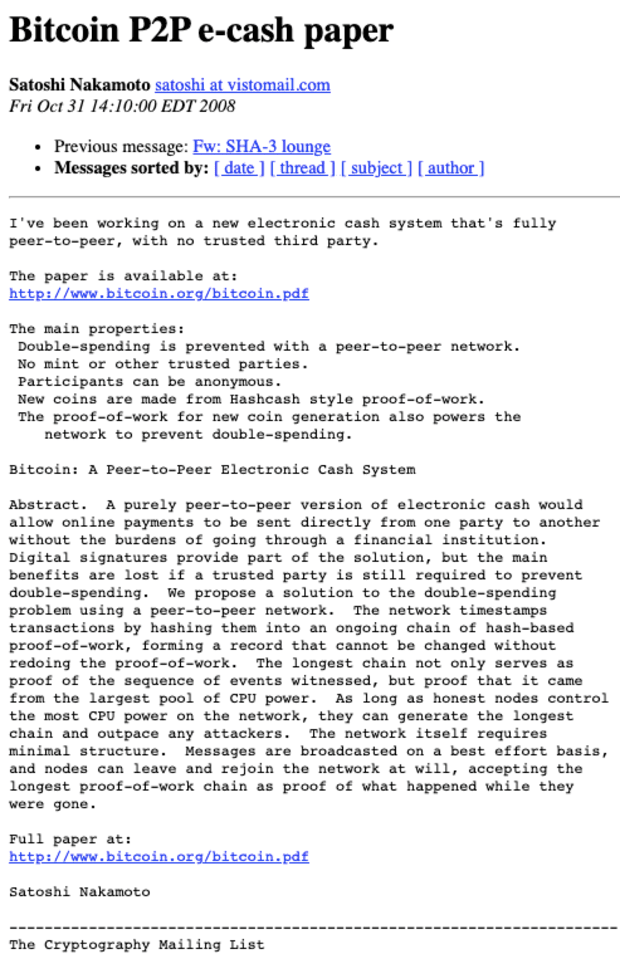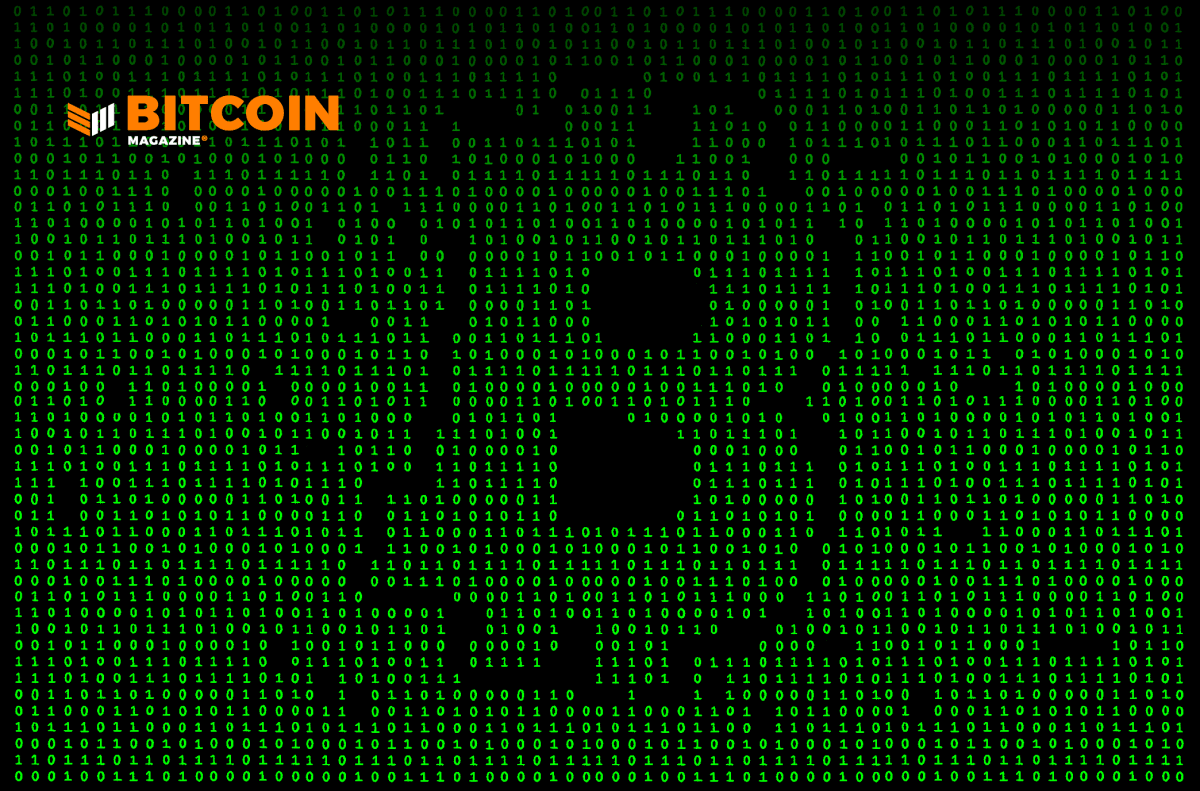Sure, the Bitcoin Price Flash Crashed, but Hash Rate Is Fine
Calm down, y’all. The Bitcoin hash rate isn’t plummeting, despite the headlines you may have read. In fact, it has already recovered — though that’s not even a completely accurate representation.
On September 25, 2019, social media swirled with news that Bitcoin’s hash rate dropped a precipitous 30-40 percent. This was followed by bitcoin’s worst daily price decline since July 2019, falling from its $10,000 support to $8,300 at the time of writing. With both metrics falling on the same day, this led to speculation that one may have caused the other.
Except, the hash rate didn’t actually fall. As explained by Casa CTO Jameson Lopp, the drop was triggered by a variance in block times. Typically, a new block is mined on average every 10 minutes, though depending on a variety of factors, this time could be shorter or longer by a little or a lot.
In this case, block times were longer than usual, so this led hash rate estimates to erroneously signal that the hash rate was dropping. As Lopp put it on Twitter, “It was just regular random fluctuations in block times. The longer time period over which you estimate hash rate, the more accurate your estimate is likely to be… and vice versa.”
In other words, people jumped the gun. Instead of waiting a while to verify that the drop was actually a decrease in hash rate and not some deviance in block time, they relied on metrics that are just estimates of network conditions.
Christopher Bendiksen, head of research at Coinshares, clarified this “common misconception” that live-feed hash rate estimates are 100 percent accurate in a blog post.
“So let’s start with something you might not know: the Bitcoin hashrate is actually not a known measure,” he wrote. “It is technically not even knowable (kinda like the number of air atoms in a balloon isn’t knowable). All one can do is estimate the hashrate based on the frequency of past blocks and the mining difficulty. And while those estimates can be really good they have to be done right.”
Echoing Lopp, Bendiksen espoused that the best way to get an accurate look at Bitcoin’s hash rate is to view its 7- to 14-day moving average, the same logic that dictates Bitcoin’s roughly two week (every 2,016 blocks) difficulty adjustment.
“Knowing the difficulty, one can know what time it should take a certain amount of hash power, on average, to find a certain amount of blocks. This estimate gets more accurate the longer the interval one measures it over,” Bendiksen wrote. “And therein lies the essence of the problem. If the measurement interval is too short, the estimate becomes vulnerable to the inherent variance in block times.”
If you look at any hash rate graph, you’ll see what he’s talking about. Not only do estimates vary graph-to-graph, but wild swings, up and down, are a common occurrence. “This doesn’t mean that the hash rate is rapidly growing or falling; it is simply a relic of the inherent variance in PoW mining,” Bendiksen explained in a tweet.
So don’t fret or FUD. Bitcoin isn’t entering a mining death spiral. And beyond mere speculation, there’s not a real argument to support this “drop” triggering the current sell-off because, in reality, the network’s hash rate hasn’t changed by any significant measure.
The post Sure, the Bitcoin Price Flash Crashed, but Hash Rate Is Fine appeared first on Bitcoin Magazine.









